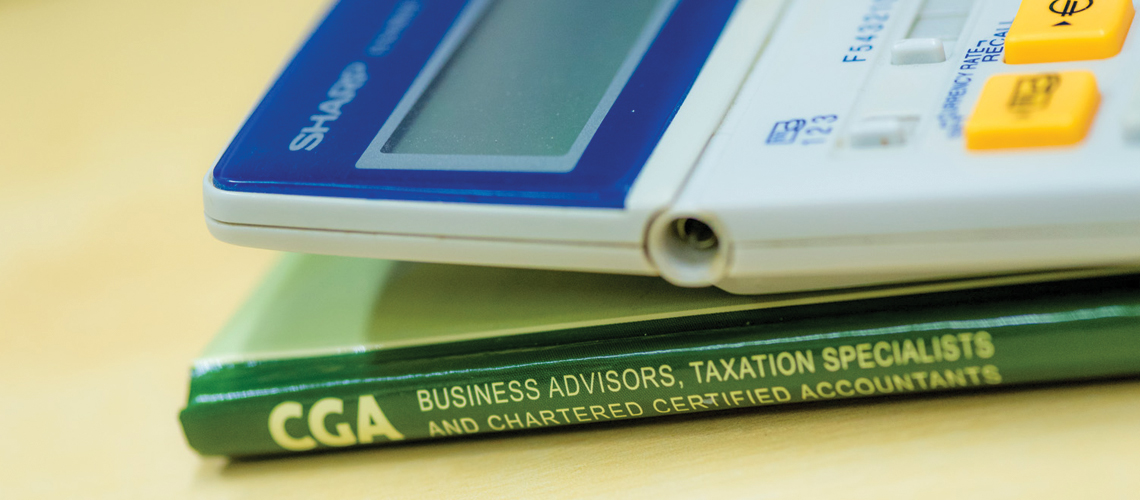If you were bracing yourself for a whopping Capital Gains Tax (CGT) hike in this budget, you can breathe a sigh of relief—at least for now. While the widely speculated eye-watering increases didn’t materialise, there are still some notable changes that could have you reaching for your calculator. And let’s face it, this is CGT we’re talking about—there’s always an element of unpredictability about what future budgets might bring. So, what’s changed, and what does it mean for your next big asset sale? Let’s dive in (with a smile).
The New Rates: Still Going Up
The new CGT rates, effective from 2025, see an uptick—but thankfully, it’s not as steep as some had feared:
- Basic Rate CGT: Rising from 10% to 18% for most assets, including shares and business disposals.
- Higher Rate CGT: Climbing from 20% to 24% for the same asset categories.
- Residential Property Gains: Sticking with the existing 18% (basic rate) and 24% (higher rate).
So, if you’ve been sitting on shares or non-residential property, the tax man’s cut is getting bigger. While 24% might not sound too painful compared to income tax rates, it’s worth keeping in mind that timing your sales could now play an even bigger role in your tax planning strategy.
Annual Exempt Amount: A Low Bar to Trip Over
Remember when the annual tax-free CGT allowance was a somewhat generous £12,300? Well, those days are long gone. Following its reduction to £3,000, the allowance remains frozen, bringing more taxpayers into the CGT net. What does this mean?
- Sell even modest assets like shares or a second-hand classic car collection, and you could easily exceed the threshold.
- Investors and business owners with mid-sized gains now face the reality of taxable gains more often than before.
In short, fewer people will escape CGT entirely, so keeping meticulous records and planning disposals carefully will be more important than ever.
Business Asset Disposal Relief (BADR): A “Steady” Change
The good news (or let’s call it less-bad news): Business Asset Disposal Relief (BADR), which offers a lower CGT rate for qualifying business disposals, is sticking around—for now.
- Maintained at 10% until 2025, when it will rise to 14% until 2026 when it will rise again to 18%.
- Entrepreneurs can still benefit from this relief on gains up to £1 million, but the long-term trend suggests it might not remain so generous forever.
Meanwhile, Enterprise Investment Schemes (EIS) and Venture Capital Trusts (VCTs)—the investor’s favourite tax-efficient vehicles—have been extended until 2035, giving a little breathing room for those who like their investments to come with tax perks.
What Does This Mean for You?
Here’s the deal: the CGT changes might not feel earth-shattering now, but they’re part of a broader squeeze on gains and reliefs that’s been in play for a while. The lower allowance and creeping rates mean more taxpayers will need to deal with CGT paperwork (and payments), even on smaller transactions. For investors, business owners, and landlords, the impact might feel like death by a thousand tax hikes.
Key considerations:
- Plan Disposals Wisely: If you’re considering selling shares, property, or business assets, pay close attention to the new rates and timing of your sale.
- Use the Annual Allowance: While it’s not what it once was, the £3,000 exemption is still there—use it strategically!
- Explore Tax-Efficient Investments: EIS and VCTs remain a great option for reducing CGT on gains reinvested into qualifying schemes.
A Word on Residential Property
If you were worried about residential property rates being bumped even higher, it’s business as usual—for now. The 18% (basic rate) and 24% (higher rate) CGT rates remain unchanged. But with house prices continuing to rise, the likelihood of future gains pushing you into taxable territory is higher than ever.
Final Thoughts
This budget wasn’t the CGT horror show many were expecting, but the creeping changes to rates and allowances still mean more tax for many. With higher rates, a frozen exemption, and tweaks to reliefs, careful planning is key to keeping the tax man’s cut as small as possible.
As always, the key is to think ahead, keep good records, and get professional advice when needed. After all, in the world of CGT, a little planning can save you a lot of pain (and pounds). And remember—if in doubt, we’re here to help. Because while CGT might not be fun, it doesn’t have to be a nightmare.




















